The wet weather has forced many outdoor lambing flocks to retreat indoors. With sheds bursting at the seams and hygiene becoming difficult to maintain, this has led to an increase in E.coli (Watery Mouth Disease) cases in newborn lambs. Increased housing periods would normally cause us to be concerned about Coccidiosis however we have been pleasantly surprised at how few there have been, indicating that conditions have been hygienic for older lambs.
The wet weather has forced many outdoor lambing flocks to retreat indoors. With sheds bursting at the seams and hygiene becoming difficult to maintain, this has led to an increase in E.coli (Watery Mouth Disease) cases in newborn lambs. Increased housing periods would normally cause us to be concerned about Coccidiosis however we have been pleasantly surprised at how few there have been, indicating that conditions have been hygienic for older lambs.
Following a mild winter, many ewes gained too much condition, leading to an increase in vaginal and uterine prolapses. As many of you will have experienced, these either can be easily replaced or become a really disheartening pain in the backside. Whilst it is still fresh in your minds, now is the time to start taking action and manage your ewes body condition before next year!
Want to know how to Body Condition Score? The Farm Advisory Service has provided this useful handout:
https://www.fas.scot/downloads/tn702-body-condition-scoring-mature-sheep/
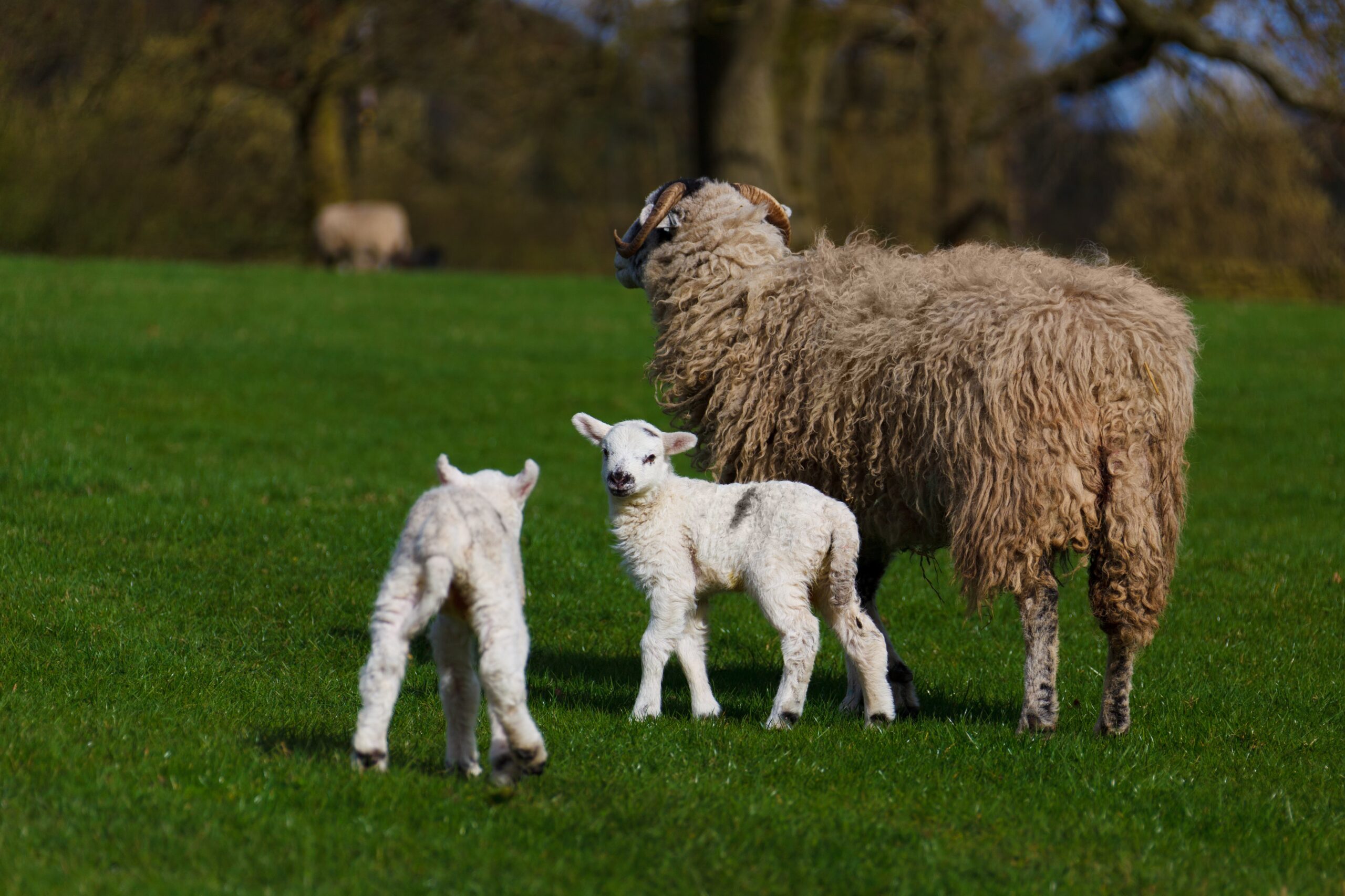
Blue Tongue
Last year Blue Tongue virus arrived on our shores from Europe carried by midges and ruminants on the East Coast were infected. Following on from this the APHA are concerned that there is likely to be a more widespread incursion this year with clinical cases. The old adage ‘forewarned is forearmed’ springs to mind, so here are our fast facts to get you prepared:
-Remain vigilant for any sick animals with the following signs
- High rectal temperature
- Eye and nasal discharges
- Drooling as a result of ulcerations in the mouth
- Swelling of the mouth, head and neck.
- Lameness with inflammation at the junction of the skin and the coronary band
- Difficulty breathing
- Abortion
- Swollen teats (cattle)
-Insecticides and repellents do not offer any protection at all, the midge completes its blood meal before it is killed. No drugs have a licence for midge control.
– One bite from an infected midge is enough to establish infection in the ruminant
– Midges will enter sheds. Fans/positive pressure ventilation may help to reduce biting.
– Overnight housing (from 4pm) of high value stock in midge proof sheds is recommended, the mesh needs to be <0.5mm diameter to keep the specific Culicoides midge out
– Utilise your windiest/most exposed fields at the highest risk times of year (May/September) to reduce midge biting.
– There is no evidence that garlic licks, etc, provide protection
– A vaccine has just been released in the Netherlands under emergency licence, hopefully it will become available in the UK but no timescale has been given
Schmallenberg disease-
Review
- Hit the early lambing (January) flocks with high barren rates at scanning
- In February we saw lamb deformities in variable numbers across the area.
- From March onwards no problems were seen (however, we started seeing deformities in calves from late April to present)
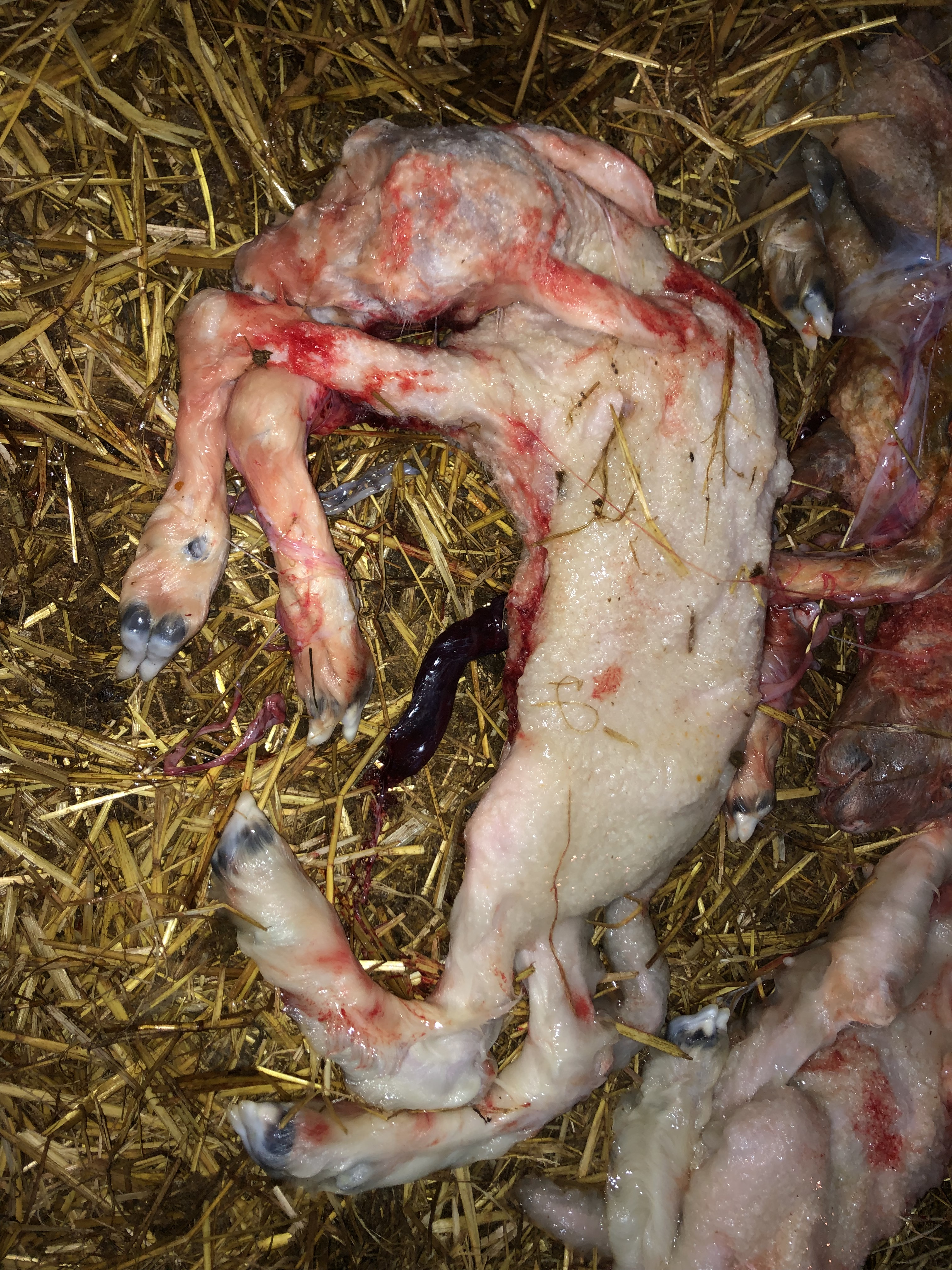
Going forwards
- There have subsequently been lower number of lambs forward for market throughout the UK and Europe which will hopefully keep the trade buoyant
- Sheep infected with Schmallenberg last Autumn will have gained antibodies which will hopefully persist for at least a year, protecting them for the next breeding season.
- No vaccines are authorised for use in the UK yet
Send us your poo!
- Now Spring has finally arrived it’s time to start regularly submitting faeces for Faecal Worm Egg Counts in both sheep and adolescent cattle. They are a great way to monitor the level of worm burdens inside animals from late Spring through to Autumn. It means that you can avoid using wormers at times when worm burdens are low which helps to reduce the risk of drug resistance occurring, reduces the need to gather animals for treatment and reduces costs as less drugs are used.
- Poo samples can be submitted on any day for faecal worm egg counting and you can even conveniently send them to the practice. If you have any medicines on the delivery run we can collect the sample!
- Collect fresh samples from up to 10% of animals in a group. Put them in containers (eg pots, sandwich bags, rectal gloves) ready to transport. We can test the samples individually or pool them in-house
- A proportion of tests will be going to external labs for quality assurance purposes to ensure we are running tests in house to the highest standard.
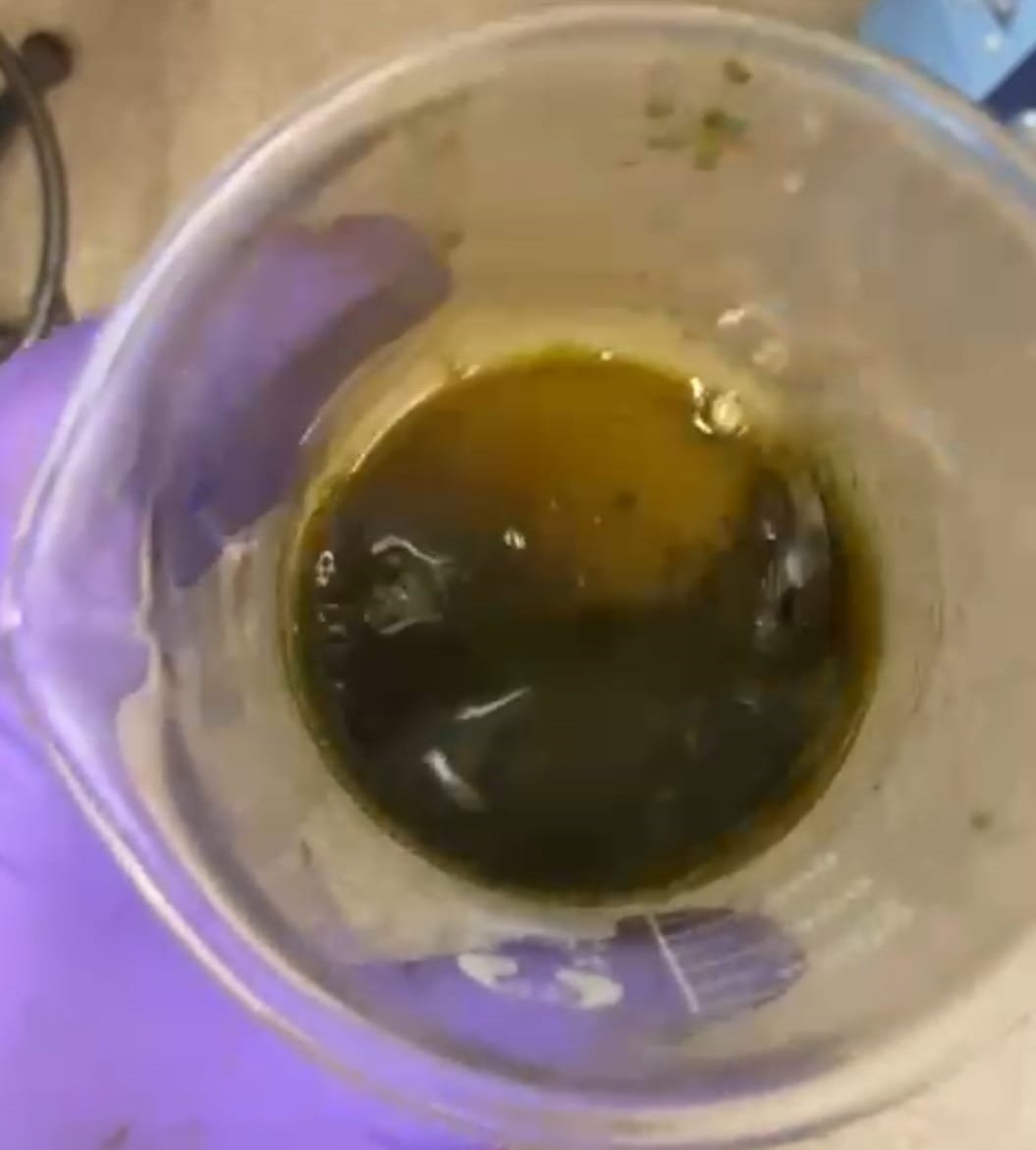

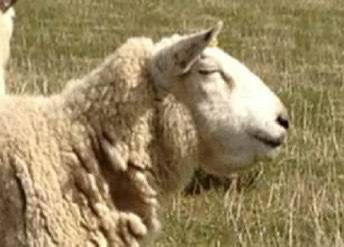

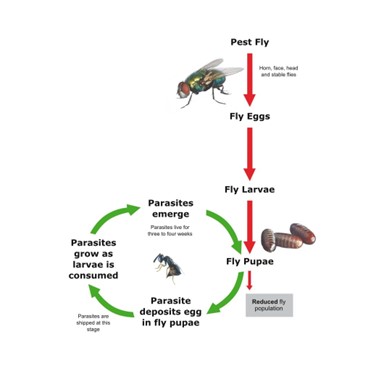







Leave A Comment